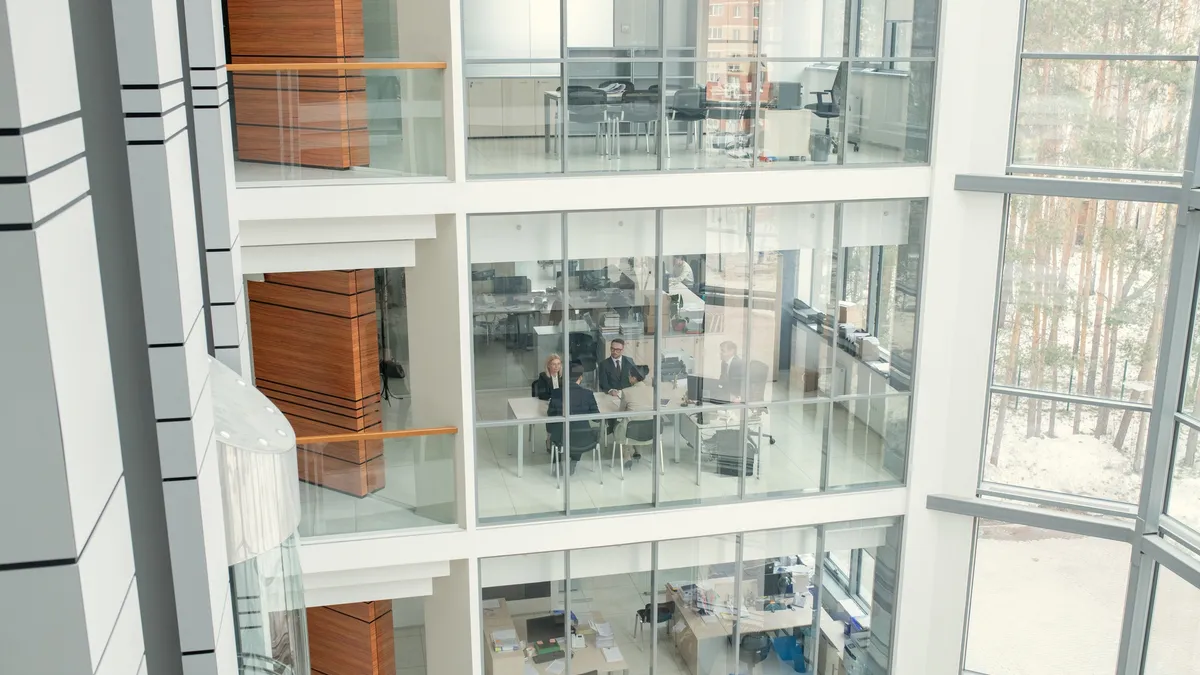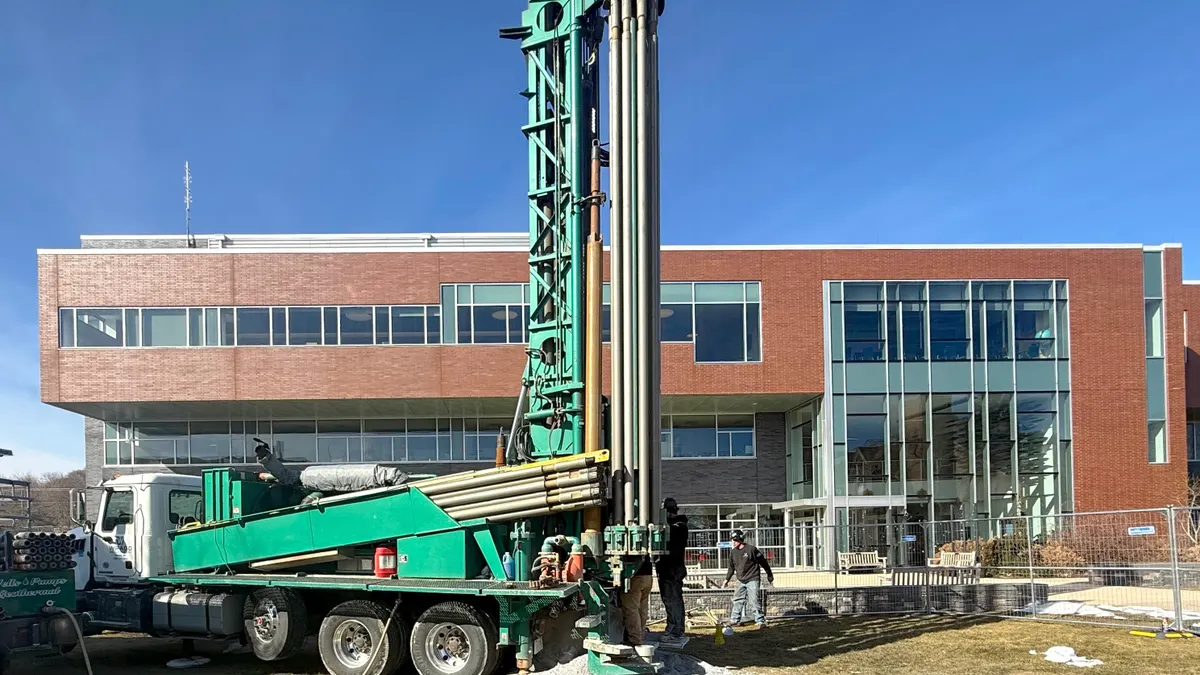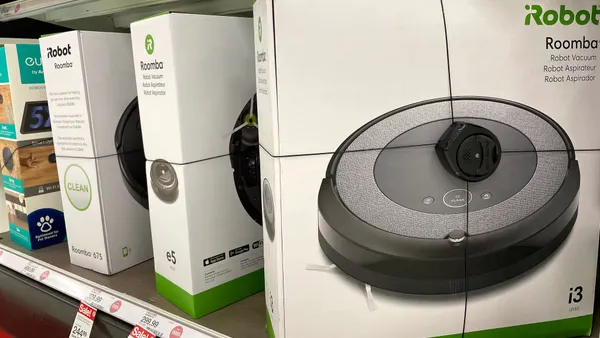Smart space management provider Environments has been named a Cisco Advisor Select Partner, broadening its access to the enterprise network infrastructure provider’s technologies, the companies announced in May.
Environments uses endpoints — cameras, sensors, thermostats, lighting controls, speakers, security devices and shades — to create IoT ecosystems that can help operators optimize energy and integrate building systems. The Advisor Select partnership will help both companies improve network integration and automation for offices, education, healthcare and retail spaces, as well as industrial facilities and data centers, according to the release.
The partnership between the two companies represents “one of Cisco’s first to be focused solely on smart buildings and [operational technology and information technology] integration,” Environments says.
Smart building controls could be a key for facilities managers to address aging infrastructure and workforces, according to a report released last month by Trane. To address these concerns, operators are working to implement building modernization and smart technology infrastructure to improve their facilities.
Smart building technology can keep environments running by helping to implement proactive monitoring, remote diagnostics, custom contingency planning and service-level agreements that can extend equipment life with tailored maintenance plans, Trane says in the report.
In the office, smart building technology can help operators gain insight into space utilization and occupant experience in order to better adjust and manage the environments.
“When it comes to driving technology, it’s about knowing who’s in your space and who visits your space. When you understand that, how long they stay and where they go, you begin to understand the value of your real estate,” Erin McDannald, CEO of Environments, told Facilities Dive. “It can really help you understand who’s collaborating with whom, and if they’re actually collaborating when they come into the office.”
For example, when Environments’ own employees began to return to the office after the COVID-19 pandemic, McDannald noticed that there was not enough collaboration occurring – evidenced by lower decibels in the office. “They were really quiet. The decibels were low, and people weren’t talking,” McDannald said. “So we created cross-departmental teams to combat that and get everybody reacquainted with each other, and we were able to turn our lack of collaboration around.”
Strengthening the integration between operational and information technology helps employees collaborate while providing valuable data to operators, Snorre Kjesbu, senior vice president and general manager of collaboration and employee experience technology at Cisco, told Facilities Dive. “They want to know if they need more rooms. Which rooms are used the most and which ones are used less?” he said.
“So it’s not only about occupation [of the building]. It’s also about getting more information out of that building,” Kjesbu said.













